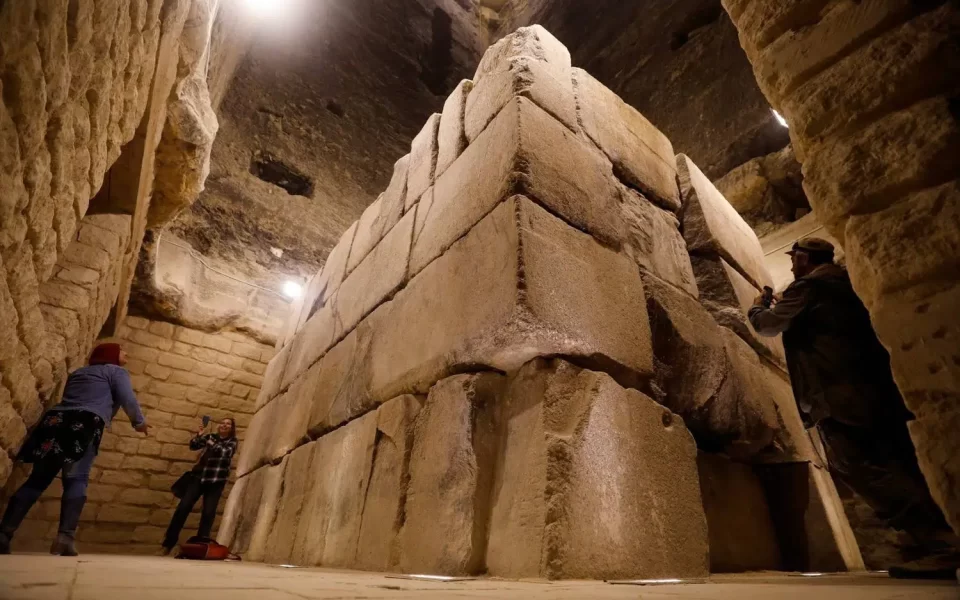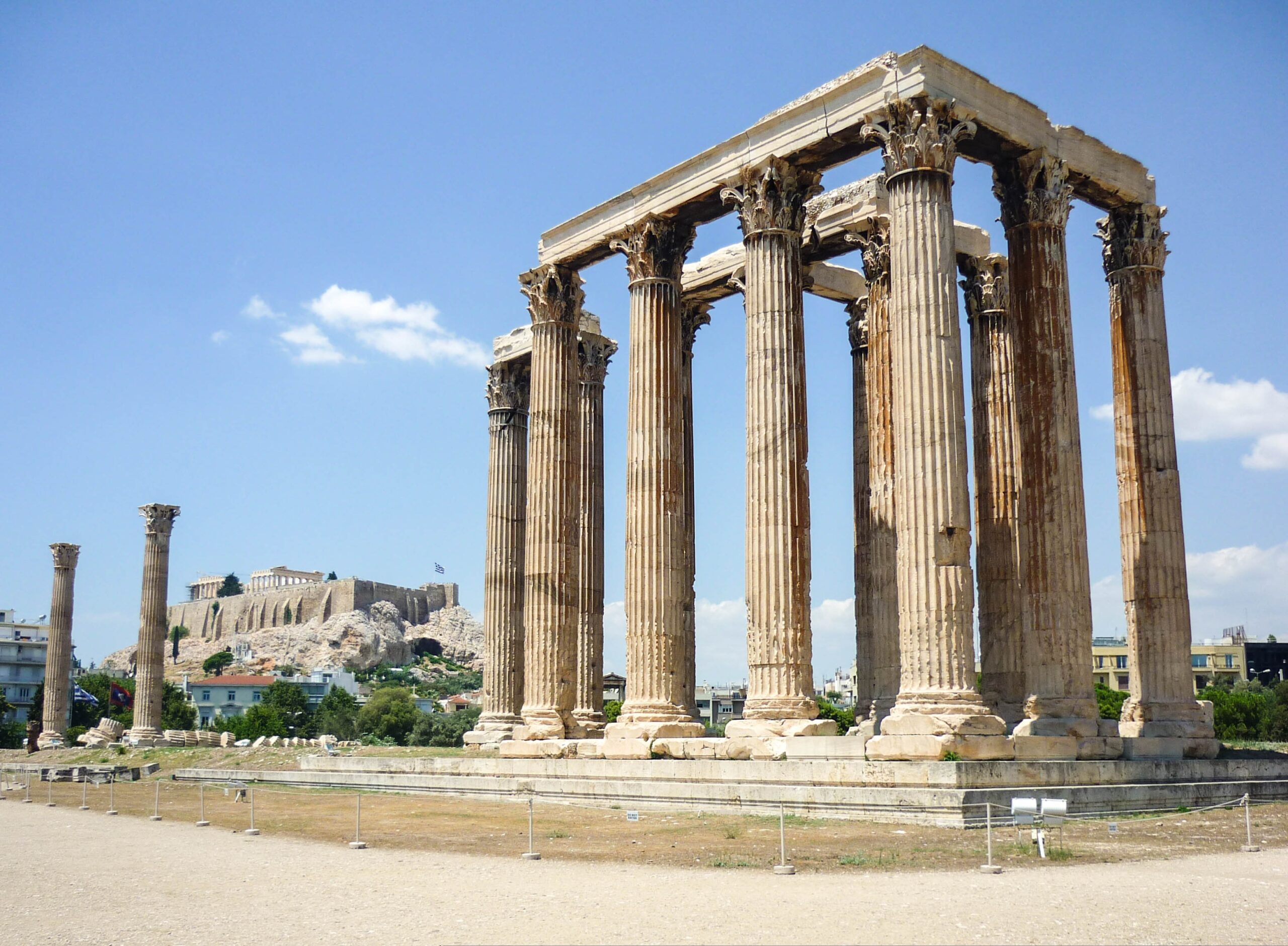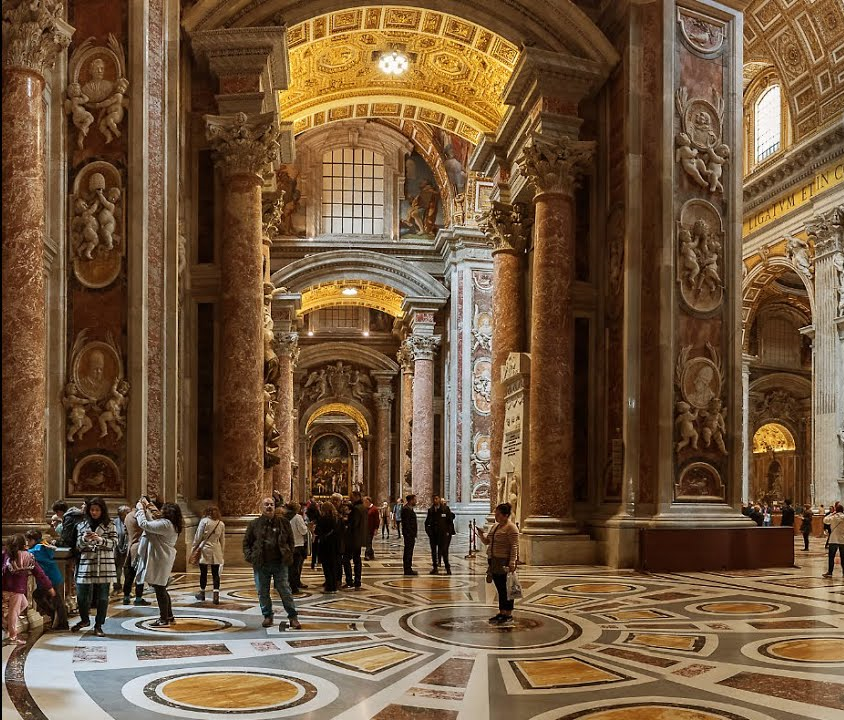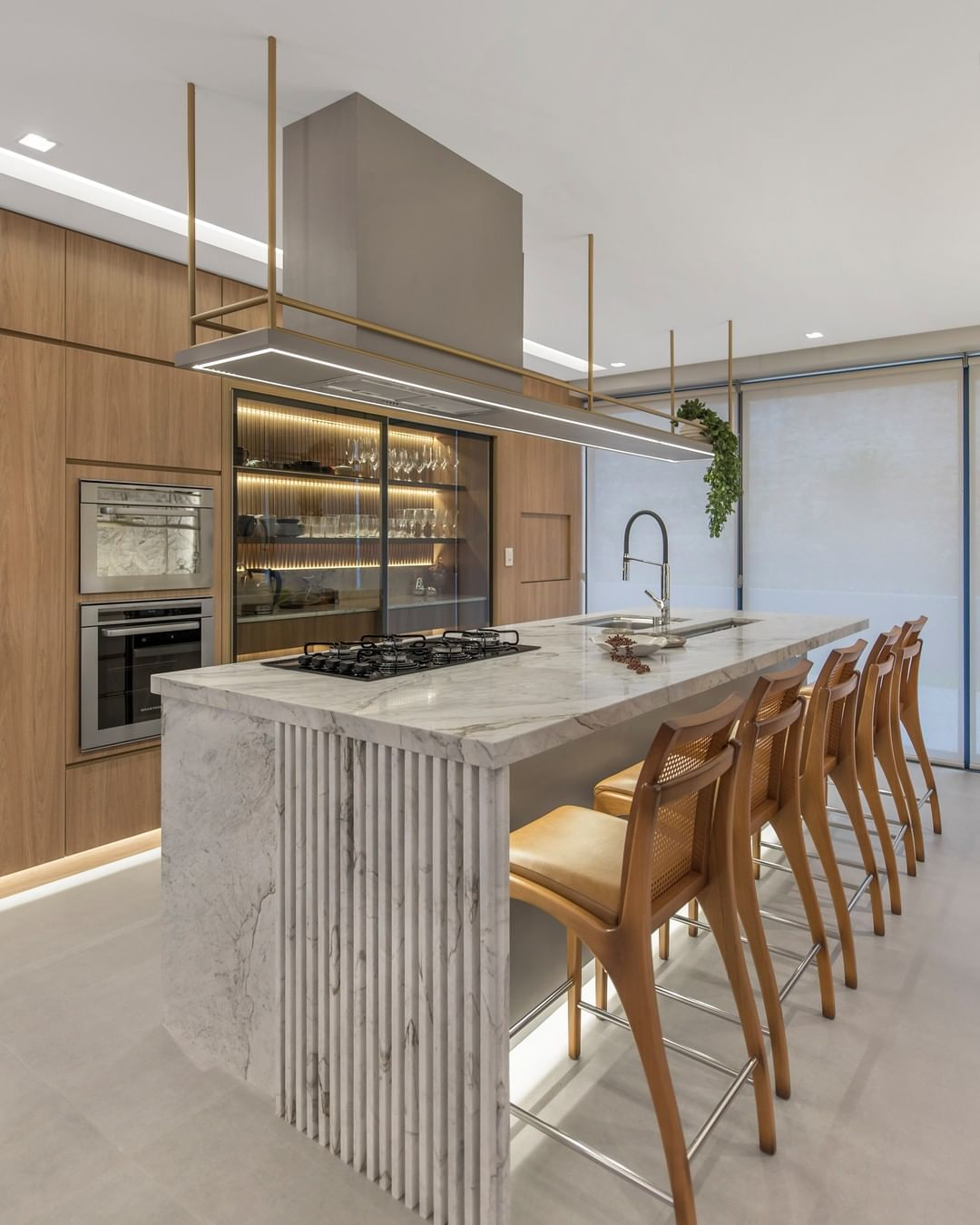The enormous diversity of marble found in Brazil reflects the geological richness and the country’s calling to produce natural beauty. It also reflects the expertise of companies and professionals in cutting and finishing, transforming these stones into masterpieces of construction and design.
Each one with its unique characteristics and distinct visual appeal, national marbles enchant customers from all over the world and are part of iconic projects around the globe.
Among the main marbles of Brazilian origin, we can highlight those with a white background with grayish veins, similar to the Italian Carrara, commonly called Calacatta, but which may vary in nomenclature depending on the place of origin and the company that holds the extraction authorization.
The country still has marbles with a light background marked by golden and/or black veins, green or gray grains, as well as other variations with a grayer background, pink, beige, black and even red.
The largest marble deposits in the country are in the states of Minas Gerais, Paraná and Espírito Santo. furthermore, the latter is where the city of Cachoeiro de Itapemirim is located, known as the “world capital of marbles” due to the vast number of quarries and manufacturing companies installed in the region.
Calcitic and dolomitic marbles
The two main types of marble sold are calcitic and dolomitic. Both are metamorphic stones, but are different in terms of mineral composition, physical characteristics and properties.
Calcitic marble is mainly composed of calcite, which is a calcium carbonate mineral. Calcite gives marble its colors and textures.
Dolomitic marble, on the other hand, is mainly composed of dolomite, which is a calcium and magnesium carbonate mineral.
Calcitic marble tends to be softer and more susceptible to scratching than dolomitic marble. In addition, calcitic marble is more susceptible to chemical reactions with acids, which can cause wear and tear on the stone if it is not properly waterproofed and/or applied in the right place.
Dolomitic marble is generally harder and more resistant compared to calcitic marble, due to the presence of magnesium in its composition. It is also less susceptible to chemical reactions with acids, which makes it more resistant in certain contexts.
Due to its composition, dolomitic marble is generally recommended for projects where greater durability and strength are desired. It is often used in bathrooms, floor coverings and even kitchen countertops to gourmet areas.
Calcitic marble is widely used in interior design projects, sculptures and decorative elements, being more suitable for applications that are subject to less intense use.
Both types of marble have their own advantages and disadvantages, and the choice between them will depend on the specific needs of the project, the conditions of use and aesthetic preferences.
Marble x Granite x Quartzite
Marbles, granites and quartzites are different in terms of composition, physical characteristics, appearance and applications. Check out the main points:
Composition – Marble is a metamorphic stone formed from limestone that has been subjected to high temperatures and pressures inside the Earth. It is primarily composed of calcite, which is a calcium carbonate mineral.
Granite is an igneous stone that originates from the slow cooling of underground magma. It is composed of several minerals, including feldspar, quartz and mica, which form a crystalline matrix.
Quartzite, on the other hand, derives from sandstone, a type of sedimentary rock composed mainly of quartz grains. During the metamorphic process, sandstone is subjected to high temperatures and pressure, leading to recrystallization of quartz grains, which results in the formation of quartzite.
Hardness and durability – Marble is relatively softer than granite and is more susceptible to scratching if subjected to heavy use. Additionally, marble is less resistant to stains and acids, which means it can deteriorate over time if not properly sealed and maintained.
Granite, on the other hand, is considerably harder and stronger than marble. Its hardness makes it more resistant to scratches and damage, and it is also less susceptible to stains and spots. This makes granite a popular choice for applications that maintain durability, such as kitchen countertops, bathrooms, facades and high-traffic floors.
Quartzite is notably harder and more resistant than marble and granite, and therefore more resistant to scratches and damage. They are also less susceptible to staining and resist acids better compared to other types of ornamental stones.
Appearance – Marble usually has distinct veins and smoother patterns. Their colors range from white to darker tones, including various shades of gray and beige.
Granite, meanwhile, is known for its granular textures and sharper patterns. Its color palette is quite diverse, covering a wide range of tones, including whites, blacks, reds, greens, yellows, browns and many others.
Quartzites also come in a wide variety of colors, including shades of white, gray, yellow, pink, green, and others. They usually have a granular or crystalline texture, with grainy or very smooth veins. They can vary from the most classic to the most exotic patterns.
Marbles x synthetic stones
The choice between natural marble and synthetic stone depends on aesthetic preferences, performance needs, budget and expected usage conditions for the project.
In general, synthetic surfaces are produced in laboratories from a mixture of polymer resins and fragments of natural minerals such as quartz, glass and pigments. These mixes are designed to mimic the appearance of natural stones such as marble, but in most cases fall short in aesthetics, structure and strength.
Studies prove that the production of these synthetic materials is also more harmful to the environment, due to the resources used, such as water and energy spent during the process, as well as the chemical substances and toxic products used.
Marbles come in a wide variety of colors, veins and natural patterns. Each piece is unique, embodying the living beauty of nature, which serves as a remarkable attraction and sets projects apart, seeking authenticity and originality.
Synthetic stones also offer a range of colors and patterns, although visibly displaying machine-printed imitations.
Prices of natural marbles fluctuate based on the rarity and quality of the material. While premium-quality marbles can sometimes command high prices, their durability and sustainability ultimately justify the investment over the long term.
Synthetic stones also exhibit price variations, often appearing more budget-friendly in the short term compared to marble, granite, and quartzite. However, their inferior durability and limited capacity for recycling and reuse in various industrial sectors stand in stark contrast to the longevity and eco-friendliness of natural stones.
A millennial cladding
Marble serves as a canvas that narrates the tale of civilizations. Its legacy as a symbol of aesthetic allure and ornate sophistication traces back to the third millennium BC, gracing the landscapes of Mesopotamia and Egypt. In these regions, it adorned sculptures and found its eternal resting place within the sacred confines of pharaonic tombs.


The Greeks also propagated the use of marble in sculptures and architecture, with millenary works and artistic productions of high historical value.

In Italy, during the Roman Empire, marble was used as a symbol of status and luxury, in large private buildings and in works of art that cross generations for their nobility and richness of detail.

During the Middle Ages, marble emerged as an indispensable element in civil construction, adorning residences, churches, temples, and palaces with its timeless elegance. Nations like Italy, France, and Spain distinguished themselves in the extraction, application, and trade of this revered stone, elevating it to the status of a desirable luxury.
By the late 19th and early 20th centuries, spurred by the Industrial Revolution, the demand for ornamental stones surged, propelled by advancements in technology and the advent of innovative mechanized processes for the extraction and refinement of mineral resources.


A covering that never goes out of style
Marble’s presence in architecture universally signifies sophistication and elegance. Evolving through the years, it has embraced diverse appearances, finishes, and applications. Yet, its enduring allure remains undeniable: marble is a timeless cladding that defies passing trends. It seamlessly integrates with contemporary architectural and design trends, consistently elevating projects to new heights of refinement.
Font: Blog do Centrorochas (https://blog.centrorochas.org.br/)




